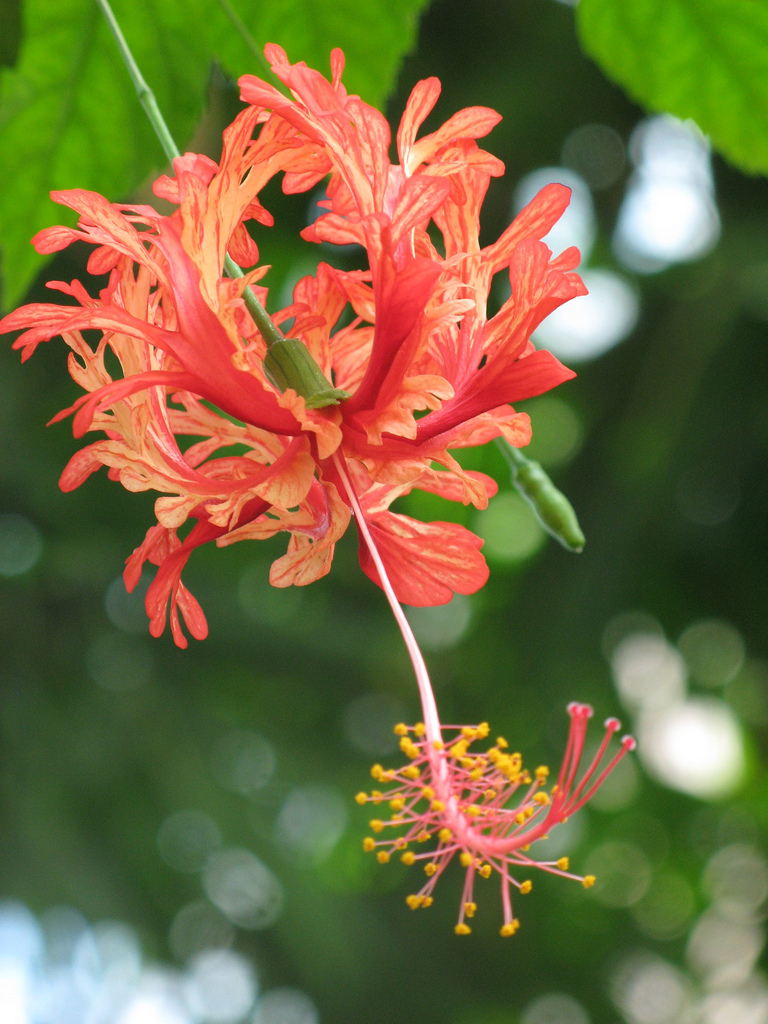Tag: pH
-
HFE H63D & VO2 max
SMOKE EM IF YOU GOT EM The HFE H63D is a single-nucleotide polymorphism in the HFE gene (c.187C>G, rs1799945), which results in the substitution of a histidine for an aspartic acid at amino acid position 63 of the HFE protein (p.His63Asp). HFE participates in the regulation of iron absorption. Homozygous H63D variant can occasionally be the cause of hemochromatosis. It is also…
-
Transferrin binding and PH
Transferrin binding to transferrin receptors reduces its affinity for iron. Two pathways can occur once endocytosed–degradation or recycling pathways. The degradation pathway is where the dissociation of ferric ions from transferrin occurs from an early and late endosome. Iron can now be utilized for storage or incorporated into hemoglobin. The recycling pathway involves the recycling of…
-

Carotid body glomus cells mediate essential reflex responses to arterial blood hypoxia
Glomus cells are the cell type mainly located in the carotid bodies and aortic bodies. Glomus type I cells are peripheral chemoreceptors which sense the oxygen, carbon dioxide and pH levels of the blood. When there is a decrease in the blood’s pH, a decrease in oxygen (pO2), or an increase in carbon dioxide (pCO2), the carotid bodies and the aortic bodies signal the dorsal…
-

Enterohepatic circulation
Enterohepatic circulation refers to the circulation of biliary acids, bilirubin, drugs or other substances from the liver to the bile, followed by entry into the small intestine, absorption by the enterocyte and transport back to the liver. Enterohepatic circulation is an especially important concept in the field of toxicology as many lipophilic xenobiotics undergo this process causing repeated liver damage. Enterohepatic circulation allows for recycling of metabolized and non-metabolized compounds,…
-

Hibiscus schizopetalus aka Japanese lantern is a species of Hibiscus
Hibiscus schizopetalus is a species of Hibiscus native to tropical eastern Africa in Kenya, Tanzania and Mozambique. Its common names include fringed rosemallow, Japanese lantern, coral hibiscus, and spider hibiscus. Description Hibiscus schizopetalus is a shrub growing to 3 metres (9.8 ft) tall. The red or pink flowers are very distinctive in their frilly, finely divided petals. Flowers with finely dissected petal have a range of colours, the most common being the red form (Keena et…
-

HCO3 (bicarbonate)
In inorganic chemistry, bicarbonate (IUPAC-recommended nomenclature: hydrogencarbonate) is an intermediate form in the deprotonation of carbonic acid. It is a polyatomic anion with the chemical formula HCO3. Bicarbonate serves a crucial biochemical role in the physiological pH buffering system. The term “bicarbonate” was coined in 1814 by the English chemist William Hyde Wollaston. The name lives on as a trivial name. Chemical properties The bicarbonate ion (hydrogencarbonate ion) is an anion with the empirical formula HCO−3 and a molecular…
-
Somatostatin
Not to be confused with Somatocrinin or Somatomedin. Somatostatin, also known as growth hormone-inhibiting hormone (GHIH) or by several other names, is a peptide hormone that regulates the endocrine system and affects neurotransmission and cell proliferation via interaction with G protein-coupled somatostatin receptors and inhibition of the release of numerous secondary hormones. Somatostatin inhibits insulin and glucagon secretion. “somatostatin”. Encyclopædia Britannica. Encyclopædia Britannica Online. Encyclopædia Britannica Inc., 2016. Web. 04 mag. 2016…
Recent Posts
- 🧬 Disease Table with Low Sodium Connection
- 🧂 Sodium Reduction and Sodium Replacement: A History of Reformulation and Exploding Diseases, Including Many Diseases Unheard of Before Deadly Sodium Policies
- 🧂 The DEADLY 1500 mg Sodium Recommendation predates the WHO’s formal global sodium reduction push by nearly a decade (and it’s even worse than that)
- 🧬 What Is Beta-Glucuronidase?
- When Sugar Was Salt: Crystalline Confusion and the Covenant of Sweetness
Tags
ADAM ASPARTAME Birds Blood Bones Brain Bugs Cancer Columba Cows crystallography Death Death cults Eggs Etymology Gastrin Gold Growth hormone History Hormones Insulin Liver Mere Perplexity Metal Monkey Business Mythology Paracetamol Plants Poison Pregnancy Protein Religion Reproduction Rocks Salt Slavery Snakes Sodium the birds and the bees Thiocyanate Tobacco Tylenol Underworld Venom zinc